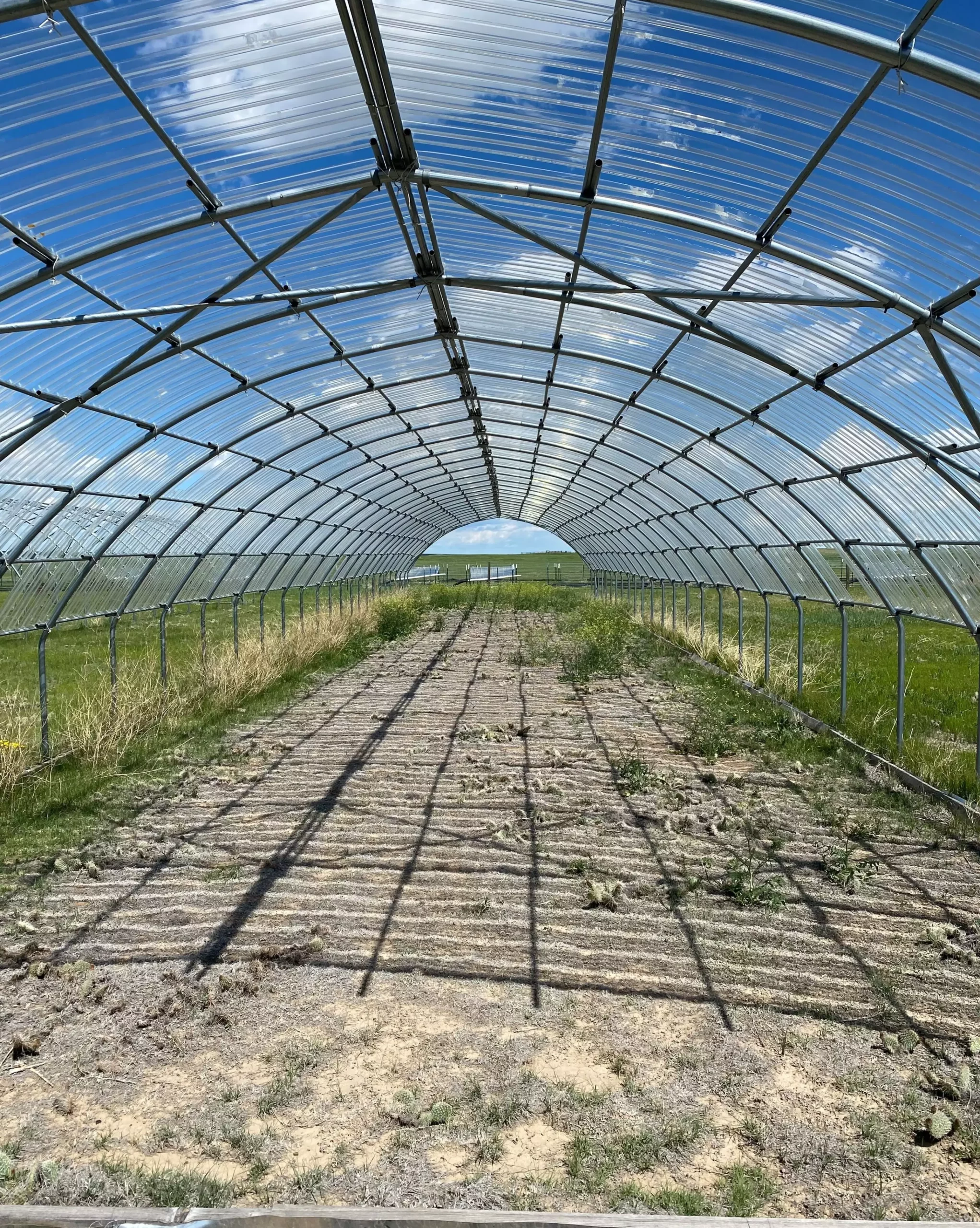Extreme droughts are expected to become more frequent with climate change, and a recent study led by Colorado State University reveals that the effects of these droughts on grasslands and shrublands have been greatly underestimated. Published in Proceedings of the National Academy of Sciences, the study provides a detailed understanding of the potential losses in plant productivity in these ecosystems. The research, known as the International Drought Experiment, marks the first time such an extensive experiment has been conducted on a global scale.
Professor Melinda Smith, the first author of the study, highlights the significant reduction in aboveground plant growth as a key measure of ecosystem function after an extreme short-term drought. The study found that this reduction was 60% greater during extreme droughts compared to less severe droughts historically experienced. This finding challenges previous reports and showcases the need for standardized and distributed approaches in estimating the impact of extreme droughts.
The International Drought Experiment gathered data from grassland and shrubland ecosystems across six continents, providing a comprehensive review of the global impacts of climate change. The study also sheds light on the variability in drought response, offering insights into which areas will be most stressed or resilient in the coming years. Grasslands and shrublands cover a substantial portion of the globe, making them highly relevant for this type of research.
To gather data, researchers utilized rainfall manipulation structures to experimentally reduce the amount of naturally occurring precipitation available to ecosystems for at least one full growing season. Approximately half of the sites imposed extreme drought conditions, while the rest imposed less severe drought for comparison. The study reveals that short-term droughts of statistically extreme intensity are becoming more common, occurring every two to five years instead of the previously considered 1-in-100-year events.
The Vulnerability of Grasslands and Shrublands
Grasslands and shrublands were chosen as research sites due to their manipulability and their significant role in carbon storage and supporting industries like livestock production. These ecosystems store over 30% of the global carbon stock, emphasizing their importance in combating climate change. The study also highlights the heightened vulnerability of drier and less diverse sites to extreme drought. However, regardless of location, the severity of the drought remains the most critical factor in determining an ecosystem’s response.
Even moderate losses from less severe droughts can have substantial impacts on populations relying on these ecosystems. The study emphasizes the need to consider the combined loss of function across the globe, as well as the potential large-scale impacts on industries and communities. As climate change progresses, it is crucial to recognize the significance of these grassland and shrubland ecosystems in global ecological dynamics.
The research team is currently analyzing data collected over the four-year duration of the project to assess the long-term impacts of multiyear droughts globally. This analysis will provide further insights into the consequences of prolonged extreme droughts on grasslands and shrublands, enabling more accurate predictions and targeted mitigation strategies.
This groundbreaking study underscores the underestimated impact of extreme droughts on grasslands and shrublands. By quantifying the reductions in plant productivity during these droughts, the research provides valuable insights into the vulnerability of these ecosystems and the larger ecological consequences of extreme droughts. As climate change progresses, these findings serve as a reminder of the urgent need to address and mitigate the effects of extreme weather events to protect vital ecosystems and the communities that depend on them.


Leave a Reply